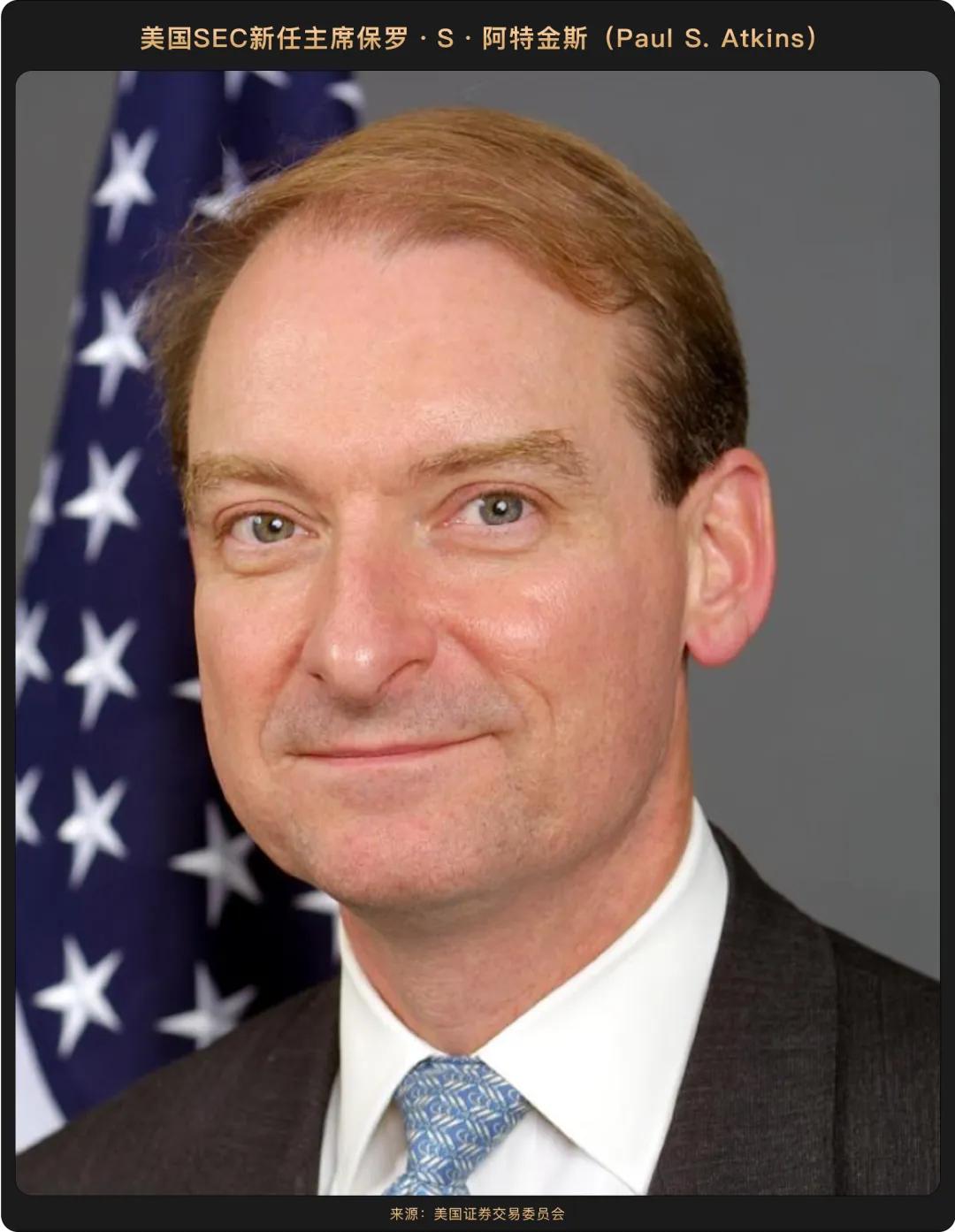 On May 12, the China-US Geneva Trade and Economic Talks exceeded expectations, with US stocks and cryptocurrencies rising under policy benefits and market expectations. However, the ruling by the US International Trade Court at the end of the month weakened the "legal basis" of the tariff war, triggering policy negotiations, and global trade rule reconstruction entered the "judicial-administrative confrontation" stage, with long-term tariff impact concerns still existing. Crypto assets' decentralized and cross-sovereign nature of resisting policy intervention is increasingly favored by investors.
On May 12, the China-US Geneva Trade and Economic Talks exceeded expectations, with US stocks and cryptocurrencies rising under policy benefits and market expectations. However, the ruling by the US International Trade Court at the end of the month weakened the "legal basis" of the tariff war, triggering policy negotiations, and global trade rule reconstruction entered the "judicial-administrative confrontation" stage, with long-term tariff impact concerns still existing. Crypto assets' decentralized and cross-sovereign nature of resisting policy intervention is increasingly favored by investors.
The US government tasted sweet economic data in May: the latest April non-farm employment data showed growth of 177,000, better than expected, indicating a still robust labor market. The China-US Geneva Trade and Economic Talks reached a "tariff suspension" agreement, alleviating market concerns about global supply chain disruption. Consumer inflation expectations for imported goods (such as electronics and daily necessities) decreased, promoting retail consumption willingness. The Conference Board's data released on the 27th showed that the US May consumer confidence index unexpectedly soared to 98, a significant rebound of 12.3 points from April's 85.7, marking the largest single-month increase in four years, demonstrating the positive transmission of tariff mitigation to the consumer side.
[The rest of the translation follows the same professional and accurate approach, maintaining the original meaning while translating into clear English.]Among them, BlackRock's internal investment portfolio, BlackRock Strategic Income Opportunities Portfolio, continues to increase its holdings of the Bitcoin ETF (IBIT). Currently, IBIT's assets under management exceed $72 billion. Despite being launched only last year, it has already ranked among the top 25 largest Bitcoin ETFs globally. From a more macro perspective, IBIT's rapid development reflects the accelerating integration of cryptocurrencies into the mainstream financial system. On the 19th, JPMorgan announced that it will begin allowing clients to invest in Bitcoin, although its CEO Jamie Dimon remains skeptical. "We will allow clients to buy Bitcoin," Dimon stated at the bank's annual investor day event, "We will not provide custody services, but will reflect the related transactions in client statements." This decision is a significant move for the largest US bank and also marks a further integration of Bitcoin into mainstream investment areas, potentially prompting institutions like Goldman Sachs to follow suit.

The current trend of crypto regulation relaxation in the US has also brought a positive new climate. On May 12th, the new SEC Chairman Paul S. Atkins delivered a keynote speech at the Tokenization Roundtable, proposing the goal of creating a "global cryptocurrency capital" in the US and announcing that the SEC will transform its regulatory approach from "enforcement-led" to "rule-guided". More specifically, the SEC is considering three key reforms - clarifying the identification standards for security tokens, updating custody rules to allow self-custody under specific conditions, and establishing a conditional exemption mechanism for new products. This means providing a clearer legal framework for crypto market participants, reducing uncertainty, and promoting innovation.
In addition to direct funding and regulatory push, policy breakthroughs in the stablecoin domain are injecting new momentum into Bitcoin's pricing logic. On May 19th, the US Senate passed the procedural vote for the "Guiding and Establishing the US Stablecoin National Innovation Act" (GENIUS Act) with 66 votes in favor and 32 against, marking the imminent establishment of the first federal stablecoin regulatory framework in the US, which will reshape the US crypto asset market and influence the global financial system. Just two days later, the Hong Kong Legislative Council passed the "Stablecoin Ordinance Draft" on May 21st, expected to take effect this year, demonstrating a breakthrough in stablecoin regulation. The two acts create a synergistic effect, jointly promoting the standardization of the global stablecoin market, providing new funding channels for the digital currency market and institutional support for the Web3 ecosystem. With the dual entry of "traditional financial institutions + regulatory system", the narrative of Real World Assets (RWA) is accelerating, and the market consensus on Bitcoin as a "value storage base" will be further strengthened, highlighting its unique position in global asset allocation.

It is also worth looking forward to the fact that volatility in traditional financial markets will not unilaterally suppress cryptocurrencies, but instead become an upward boost at specific stages: in the short term, the rise in US Treasury yields has raised market concerns about the US fiscal situation, prompting safe-haven funds to flow into the crypto market; from a long-term perspective, the deterioration of the US fiscal situation may enhance the safe-haven attractiveness of crypto assets, and this fiscal pressure may weaken confidence in the US dollar and Treasury bonds, prompting investors to turn to decentralized assets like Bitcoin to hedge credit risks.

The crypto frenzy in May signifies that as the traditional financial system struggles amid trade friction, debt crises, and monetary policy dilemmas, Bitcoin is becoming a new choice for capital to hedge against the "uncertainty of the old order". With regulatory relaxation moving from expectation to implementation, this reconstruction process may accelerate. Of course, medium-term suppression of US Treasury yields and policy fluctuations may test this rally. However, regardless, the "digital gold" narrative of Bitcoin has entered the mainstream topic framework.







